EPA Challenges & Prizes

View the infographic below, or read the text of the information contained in the graphics.

Active Challenges
-
PCB Cleanup Challenge
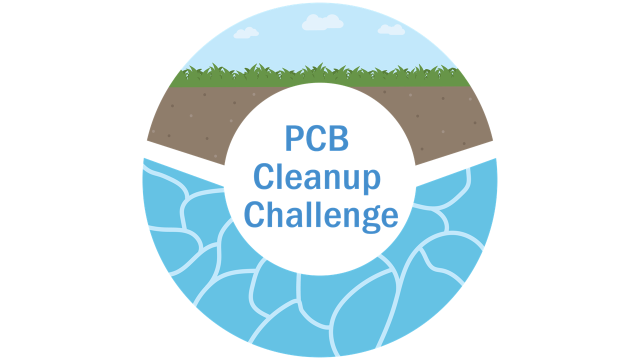
The PCB Cleanup Challenge seeks innovative treatment and other technologies and approaches for reducing polychlorinated biphenyl (PCB) concentrations and/or toxicity in soil and sediment before, during, or after disposal in a landfill. An inexpensive and efficient method for reducing PCB concentrations and/or toxicity in soil and sediment would have wide-ranging use throughout the United States and the world.
Submissions closed November 12, 2024. Winners will be announced in Spring 2025.
-
Campus RainWorks Annual Challenge

The Campus RainWorks Challenge is a green infrastructure design competition for American colleges and universities that seeks to engage with the next generation of environmental professionals, foster a dialogue about the need for innovative stormwater management techniques, and showcase the environmental, economic, and social benefits of green infrastructure practices.
Registration for the 12th Annual Campus RainWorks Challenge closes January 31.
-
EmPOWER Air Data Challenge

The EmPOWER Air Data Challenge is an opportunity to use power sector and environmental quality data for innovative analyses, tools, and visualizations. The goal is to improve our understanding of the impacts of electricity generation and use. Through the Challenge, we invite academics and researchers to propose projects that advance the knowledge, use, and understanding of the Clean Air and Power Division’s power sector and environmental quality data.
Submissions close March 14.
Completed Challenges (2019 - 2024)
Small Communities, Big Challenges Competition

This challenge sought to identify innovative and inclusive approaches local governments have developed for working with citizens, community groups, and other interested parties in rural communities to identify and address environmental public health concerns facing their people. The challenge also sought to better understand what barriers these communities have associated with these public health concerns.
My Electric Ride: An EV Transportation Video Challenge
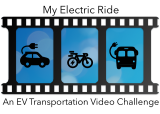
This challenge was about educating others the benefits of electrified transportation, and sharing first-hand knowledge that can play a critical part in getting us on the path to a sustainable future. Solvers created one to two-minute videos of their personal experience with electric transportation.
Water Toxicity Sensor Challenge

This challenge called on innovators to develop a sensor that can identify whether there are chemical pollutants and natural toxins in various types of water much faster and less expensively than current lab methods for detecting individual, specific chemicals.
Cleaner Indoor Air During Wildfires Challenge

This challenge was EPA's effort to spur the development of new technologies to clean indoor air. Phase 1 offered a cash prize for the best technology design for cleaning indoor air during wildfire smoke events and high pollution days. In 2022, Phase 1 winners and honorable mention awardees were invited to submit prototypes of their designs for Phase 2 of the challenge.
Enhanced Efficiency Fertilizer Challenge
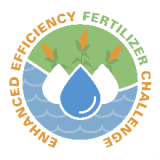
This challenge aimed to identify existing enhanced efficiency fertilizers (EEFs) currently on or near-market that meet or exceed certain environmental and agro-economic criteria. The EEF challenge is one part of the larger Next Gen Fertilizer Challenges.
Environmental Justice Video Challenge for Students
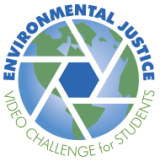
The main objective of this challenge was to enhance communities’ capacity to address environmental inequities using data and tools. This challenge was open to college students and conducted in two phases. Phase 1 focused on innovative approaches to identify and characterize an EJ issue(s) in a select community using data and publicly available tools while Phase 2 focused on students working collaboratively with community-based organizations to develop a community capacity building strategy and summary video that addressed the previously identified EJ issue from Phase 1.
Make A Market Tech Challenge for Students

EPA launched the Make a Market Tech Challenge to solicit evaluations of new technologies developed by EPA researchers. The challenge asks teams or individual participants to choose one of five patented EPA technologies listed below and develop a market assessment for the selected technology.
NARS Data Analysis Innovation Challenge for Students
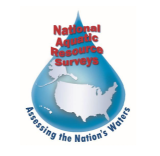
This challenge invites students, scientists, and analysts from a variety of disciplines to apply National Aquatic Resource Survey (NARS) data to critical research questions in the areas of climate change, environmental justice, nutrient management, and other critical water quality challenges.
Pollution Prevention Works: A Storytelling Challenge for Students

This challenge invites high school and college students and to use the TRI P2 Search Tool to identify a TRI facility that has reported implementing source reduction practices and tell a compelling story about how those practices or techniques benefit the business and positively impact communities and the environment.
Let's Talk About Heat Challenge
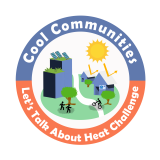
This challenge aimed to identify innovative and effective communication strategies that inform people of the risks of extreme heat and offer ways to keep safe during the hottest days.
Next Gen Fertilizer Innovations Challenge
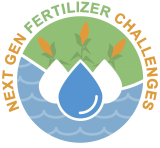
As a part of the larger Next Gen Fertilizer Challenges, this challenge aimed to identify concepts for novel fertilizer technologies and other product innovations that could reduce the environmental effects from modern agriculture while maintaining or increasing crop yields. Submissions included technologies not currently on the market.
EcoTox TARGET Challenge

The Technology Advancing Rapid Gene Expression-based Testing (TARGET) challenge called for respondents to develop high quality, low cost, technologies/platforms for evaluating global gene expression in samples from four common aquatic toxicity test organisms.
Past Campus RainWorks Annual Challenges

This is a green infrastructure design competition for U.S. colleges and universities that seeks to engage with the next generation of environmental professionals, foster a dialogue about effective stormwater management and showcase the environmental, economic, and social benefits of green infrastructure practices. (Stage 3).
Nutrient Sensor Action Challenge
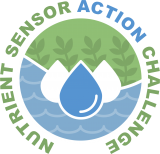
The Nutrient Sensor Action Challenge was a technology-accelerating water quality challenge launched in 2017 to demonstrate how nutrient sensors can be used by states and local communities to help manage nutrient pollution.
‘See a Bloom, Give It Room’ High School Video Challenge

This Challenge called for videos from high school students (grades 9-12) that promote public awareness of harmful algal blooms through creative filmmaking. The public safety videos (under 2 minutes in length) explained how to spot harmful algal blooms and how people and their pets should be safe around them.
Advanced Septic System Nitrogen Sensor Challenge
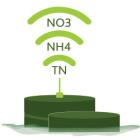
EPA and partners identified and spurred development of technologies to monitor nitrogen concentration in effluent from wastewater treatment systems. This research helps ensure that advanced septic nitrogen removal system are effective.
Innovative Ways to Destroy PFAS Challenge

This challenge asked solvers to submit detailed plans for a non-thermal way of destroying PFAS in concentrated film forming foam (AFFF), while creating the least amount of potentially harmful byproducts.
EPA has been running Challenges and Prizes since 1996. View EPA Challenges & Prizes completed prior to 2019.
